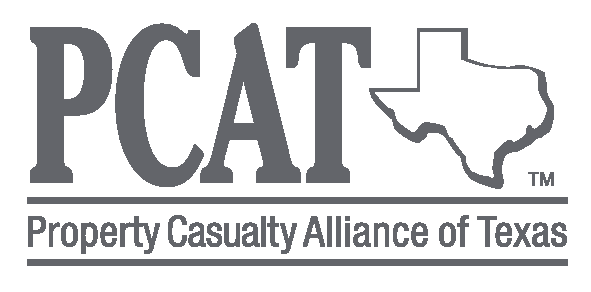School Playground Safety: Reducing Injury Risks
According to the Consumer Product Safety Commission, each year, more than 200,000 children go to U.S. hospital emergency departments with injuries associated with playground equipment. Nearly 80% of playground injuries are caused by falls. Reporting these potential playground hazards to your maintenance department will help provide a safer place for students to play and reduce the chance of injury.
To ensure safer playgrounds and reduce the risk of injuries, it's essential to address several key aspects of playground equipment and environments. Here are some crucial points to consider:
Improper ground surfaces: Surfaces around playground equipment should have at least twelve inches of wood chips, mulch, sand or pea gravel, or mats made of safety-tested rubber or rubber-like materials. Playgrounds should be free of exposed concrete footings, rocks, or tree stumps.
Overcrowded play areas: The area under and around play equipment should be a minimum of six feet in all directions while swing set areas should be twice the height of the suspending bar both in back and front of the swings. Structures more than thirty inches high should be at least 9 feet apart.
Unprotected elevated areas: Platforms higher than thirty inches should have guardrails or barriers.
Head entrapment spaces: Openings between rails, bars, rungs and even ropes of cargo nets should be less than 3 1/2 inches or more than nine inches.
Sharp points and edges: Playground equipment should be free of protruding bolt ends, “S” hooks, and other sharp points and edges.
Playground Safety Checklist
Here is the safety checklist made by the Consumer Product Safety Commission:
Make sure surfaces around playground equipment have at least 12 inches of wood chips, mulch, sand, or pea gravel, or are mats made of safety-tested rubber or rubber-like materials.
Check that protective surfacing extends at least 6 feet in all directions from play equipment. For swings, be sure surfacing extends, in back and front, twice the height of the suspending bar.
Make sure play structures more than 30 inches high are spaced at least 9 feet apart.
Check for dangerous hardware, like open "S" hooks or protruding bolt ends.
Make sure spaces that could trap children, such as openings in guardrails or between ladder rungs, measure less than 3.5 inches or more than 9 inches.
Check for sharp points or edges in equipment.
Look out for tripping hazards, like exposed concrete footings, tree stumps, and rocks.
Make sure elevated surfaces, like platforms and ramps, have guardrails to prevent falls.
Check playgrounds regularly to see that equipment and surfacing are in good condition.
Carefully supervise children on playgrounds to make sure they're safe.
